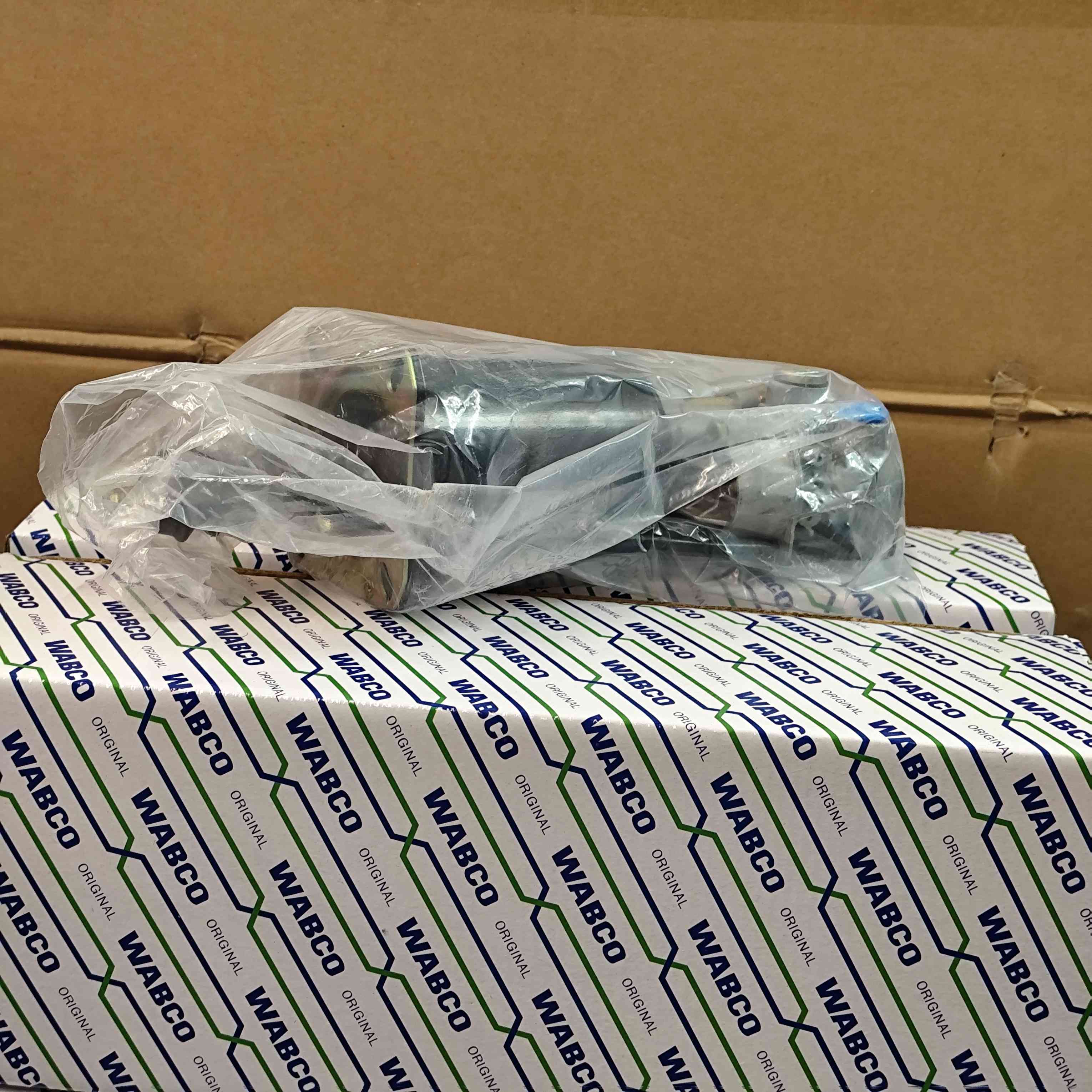
How to repair and maintain the clutch booster cylinder
2024-12-19 16:34HOWO heavy-duty truck clutch booster cylinder (clutch cylinder) is an important component in the clutch system. It is mainly composed of air pressure control valve, hydraulic cylinder, power piston, and housing.

When the driver steps on the clutch pedal, the master cylinder transmits pressure to the slave cylinder, which starts working. Through the synergistic effect of hydraulic and pneumatic pressure, it pushes the release fork, causing the clutch pressure plate and disc to separate from the flywheel, achieving the disengaged state of the clutch. On the contrary, when the clutch pedal is released, the cylinder stops working, the clutch pressure plate and disc come into contact with the flywheel again, and power transmission continues. During this process, the clutch assist cylinder ensures smooth and accurate operation of the clutch, while also reducing the driver's labor intensity.
The maintenance and replacement of HOWO heavy-duty truck clutch booster cylinder (clutch cylinder) is an important part to ensure the normal operation of the clutch system. The following are the relevant steps and precautions:
Maintenance and upkeep
1. Regularly check the oil: The clutch assist cylinder uses clutch assist oil as the transmission medium, which should be checked and replaced regularly to avoid oil deterioration and performance degradation.
2. Exhaust operation: If the clutch pedal feels heavy or the clutch effect is poor, it may be due to air in the power cylinder, and exhaust operation is required. When exhausting, one person needs to step on the clutch pedal and the other person needs to loosen the exhaust screw to exhaust the air until there are no bubbles in the oil.
3. Cleaning and sealing: Keep the booster cylinder and its connecting pipelines clean to prevent impurities from entering and causing poor sealing or damage. Regularly inspect and replace vulnerable parts such as sealing rings.
Replacement steps
1. Prepare tools and protection: Prepare tools such as wrenches and screwdrivers, and ensure the safety of the operating area to avoid damaging surrounding components.
2. Disassemble the old power cylinder: First, remove the oil pipe and fixing screws connecting the power cylinder, and carefully remove the power cylinder from its installation position.
3. Check the new power cylinder: Before installation, check whether the new power cylinder is intact and free of defects.
4. Install the new power cylinder: Install the new power cylinder in its original position, tighten the fixing screws, and connect the oil pipe. Ensure that the installation is secure and not loose.
5. Exhaust and testing: After installation, perform exhaust operation to ensure that there is no air in the system. Then test the working status of the clutch, including pedal travel, force, and separation effect, to ensure everything is normal.
matters needing attention
1. Operating standards: During the maintenance and replacement process, the operating procedures should be strictly followed to ensure safety.
2. Use qualified accessories: When replacing the power cylinder, original or qualified accessories should be used to avoid using inferior accessories that may cause malfunctions.
3. Professional maintenance: If you do not have the relevant skills and experience, it is recommended to go to a professional car repair shop for maintenance and replacement.
